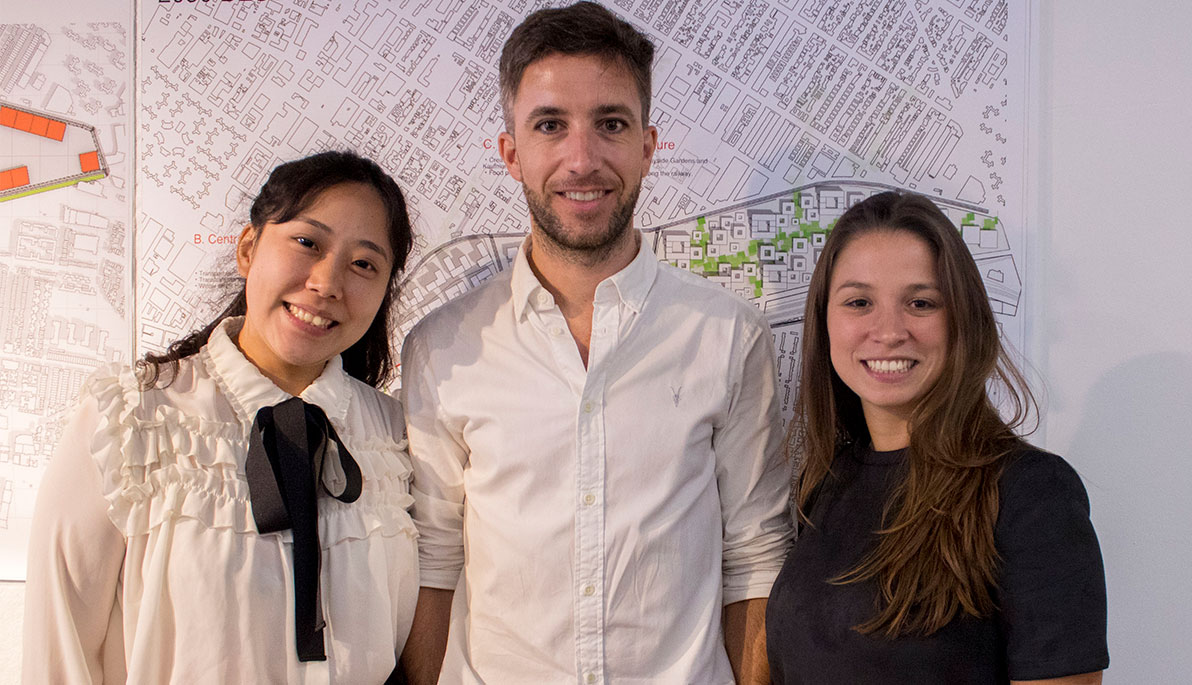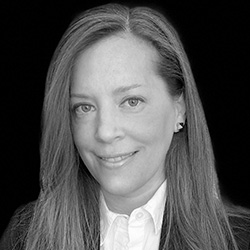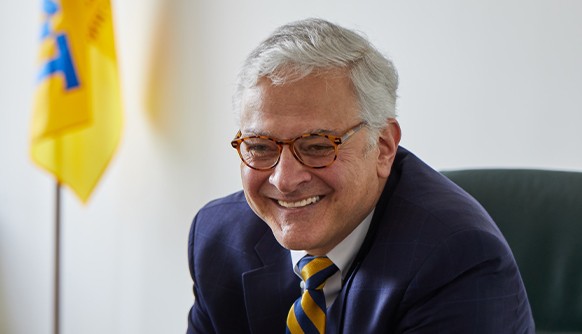News
Architecture Students Find a Way to Cool Down a “Sunny” Part of Queens
September 12, 2018
Pictured from left: NYIT School of Architecture and Design graduate students Wenshuo Liu, Juan Pedro Liotta, and Luciana Godinho. Photos by Paola Medina-Gonzalez, administrative specialist in the School of Architecture and Design.
In western Queens lies an active 180-acre rail yard that stretches over a mile and half from east to west and is surrounded by five neighborhoods. Welcome to Sunnyside Yard, a key train storage and maintenance site serving Amtrak, NJ Transit, and the Long Island Railroad.
The site is in the planning phase for large-scale development to accommodate an expected population increase in New York City through 2050. As urban climate gets hotter, there is an increase in urban heat stress in dense neighborhoods. New development brings more buildings, concrete, and asphalt to a city, increasing the risk of flooding during storm events. That’s why NYIT School of Architecture and Design Associate Professor Jeffrey Raven, FAIA, LEED, BD+C, chose it as the project site for his Urban Climate Lab Design Studio course last semester.
Graduate students in the class worked in teams to develop quantitative and qualitative interventions for the area. They presented their final projects to a panel of experts that included architects, New York City officials, and scientists at a final review in May.
Over the summer, under the direction of Raven, three of the students—Luciana Godinho, Juan Pedro Liotta, and Wenshuo Liu—worked with an international, multi-disciplinary team to organize the New York City Urban Design Climate Workshop (UDCW) held at NYIT-New York City (Manhattan) on August 11. The team included members from the Urban Climate Change Research Network (UCCRN) based at NASA Goddard Institute for Space Studies/Columbia University Earth Institute; the International Association for Urban Climate (IAUC); HOK, an architecture and planning firm; and ESRI R&D Center Zurich, a research company and developer of technologies in graphics, vision, and cartography.
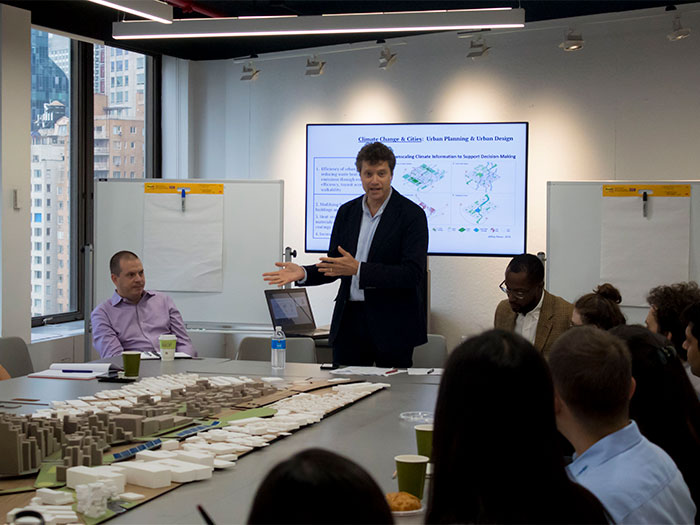
Associate Professor Jeffrey Raven leads the discussion at the Urban Design Climate Workshop at NYIT-New York City (Manhattan). Photo by Paola Medina-Gonzalez.
The workshop was an outgrowth of Raven’s research for Climate Change and Cities: Second Assessment Report of the Urban Climate Change Research Network. The UDCW provided a forum where industry leaders and policy makers could examine Sunnyside Yard and discuss how best practices could mitigate the effects of climate change in urban cities.
“This intersection between urban design, sustainability and resilience has shaped my practice, research and teaching for many years,” said Raven.
Two days before the workshop, Godinho, Liotta, and Liu had the opportunity to present their Urban Climate Lab Design Studio project to the attendees of the UDCW. The students led the group on a site tour of Sunnyside Yard to show how the area can be utilized with the least amount of urban heat stress.
On the day of the workshop, the students presented their project in more detail. “We had the opportunity to show climate experts the proportions of this unique site,” said Liu. “We talked about challenges and opportunities of planning for that great scale.”
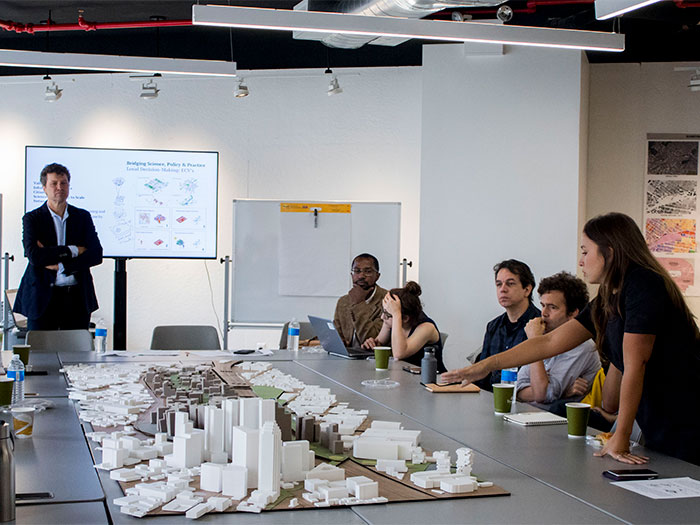
Luciana Godinho (far right) presents her team’s project to an international group of climate experts, scientists, and policy makers at the Urban Design Climate Workshop. Photo by Paola Medina-Gonzalez.
The students’ design took a climate-focused approach for the development of the site. “Instead of allowing market-based decisions to happen and determine urban form, we utilize climate factors to drive our design,” said Liu. The design considered four climate factors: efficiency of urban systems, form and layout, heat resistant construction materials, and vegetative coverage.
“I am inspired by the work of all our graduate students in our Urban Climate Lab Design Studio from spring 2018,” said Raven. “I was particularly proud of our graduate students who presented their research at the Urban Design Climate Workshop to international experts.”
During their presentations, students answered questions from the group and walked away with experience they will take with them post-graduation.
“We were very pleased to have the chance to engage with people from all over the world, with different backgrounds and opinions,” said Liu.
“I think this project will open new doors,” added classmate Liotta. “Working on such a large-scale project has changed the way I will approach a design. The time has come for us to create a strong relationship between climate factors and urban design. We gained essential knowledge from the experts that will give us broader skills to create solutions to curb climate change.”
